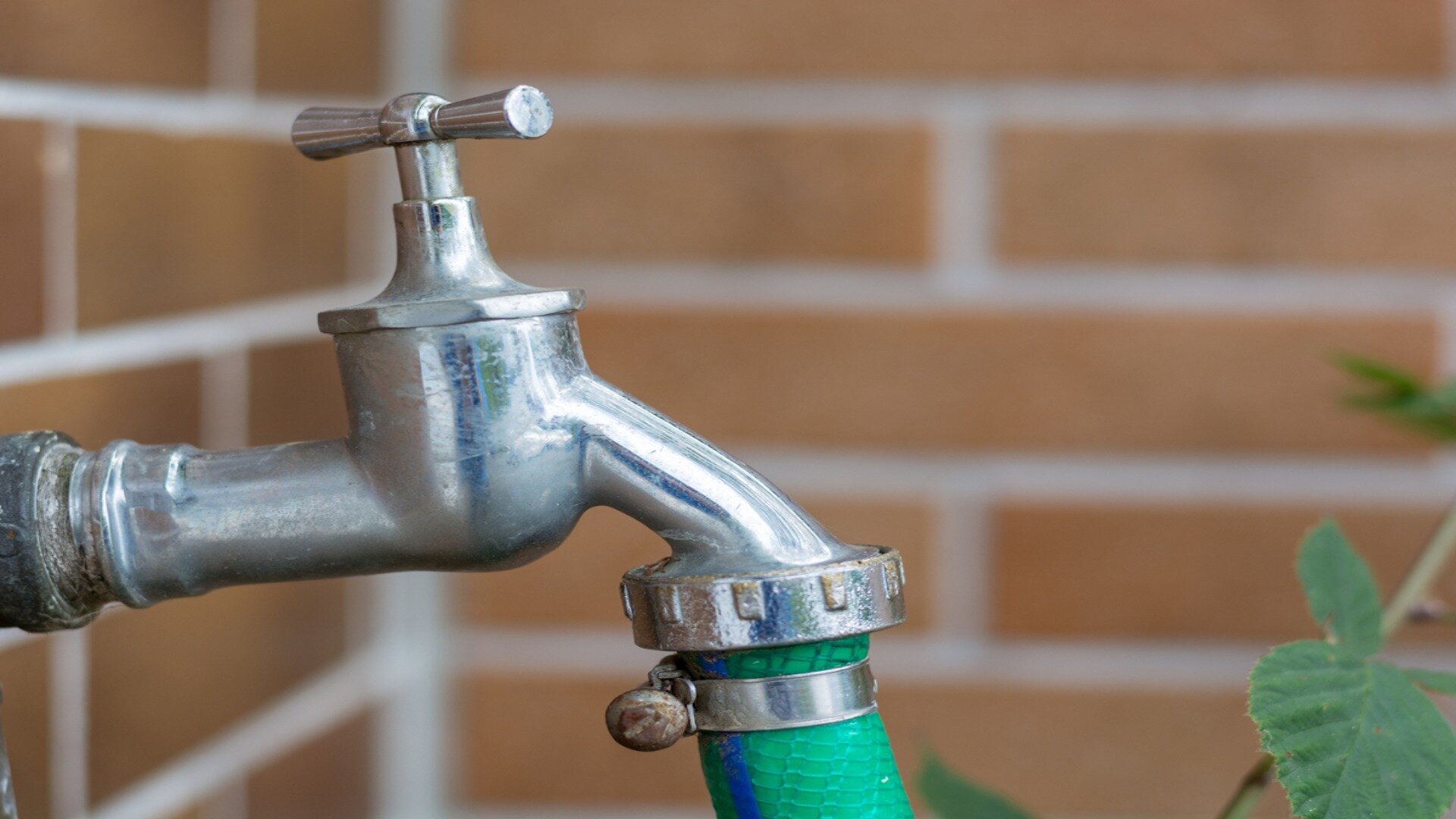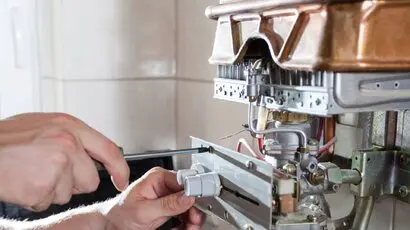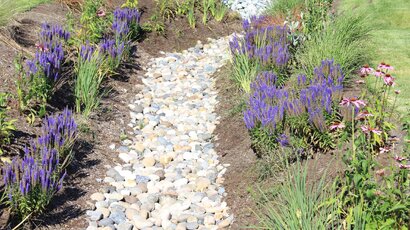Having water access outside your home is incredibly handy for using outdoor kitchen faucets, garden hoses, and more. But if you use a regular indoor tap outside, it can easily succumb to freezing, rain, or snow. That’s why it’s essential to choose outdoor kitchen faucets specifically designed to handle these conditions. In this article, we’ll take a look at the various outdoor kitchen faucet options and offer advice on picking and installing the best weather-resistant models, ensuring you always have easy access to water for all your outside activities.
Copper pipe is a popular material choice for outdoor plumbing due to its durability and resistance to corrosion. When installing an outdoor kitchen faucet, it’s essential to ensure the plumbing is properly insulated and protected from the elements to prevent freezing and leaks.
Why You Need an Outdoor Faucet
An outdoor tap offers convenient water access for many tasks around your home. By attaching a hose or sprinkler, you can effortlessly water your lawn, garden, flowers, and other landscaping, making upkeep much easier.
Since outdoor taps are primarily for irrigation, adding flow restrictors or aerators isn’t very beneficial. They don’t significantly conserve water and might complicate your gardening tasks. Having an outdoor tap near your driveway is great for washing vehicles like cars, boats, or ATVs, making it easy to hose them down right there.
Outdoor taps come in handy for filling up swimming pools, cleaning outdoor furniture, or rinsing off pets after a romp in the garden. Installing an outdoor spigot provides a convenient water source right where you need it, catering to all your cleaning, washing, and watering tasks in one spot.
What Taps to Use Outdoors
When choosing an outdoor tap for Australian weather, it’s important to consider factors like heat, rain, and other elements. Here are a few weather-resistant options you can select from:
![]()
Heat-Resistant Spigots
Heat-resistant spigots are designed to withstand high temperatures and intense sun exposure. They are made from materials that can handle the heat without warping or deteriorating, making them ideal for hot climates.
Drought-Tolerant Faucets
Drought-tolerant faucets are designed to conserve water and withstand dry conditions. They often feature adjustable flow rates and water-saving mechanisms to help you minimise water usage during water scarcity. Drought-tolerant faucets are suitable for arid climates.
Rainwater Harvesting Faucets
Rainwater harvesting faucets are specifically designed to collect and utilise rainwater. They often come with built-in filters and diverters to ensure the water collected is clean and suitable for various outdoor uses such as watering plants or cleaning. Rainwater harvesting faucets are beneficial in regions with frequent rainfall.
Portable Outdoor Taps
Portable outdoor faucets are versatile options that can be easily moved and positioned according to your needs. They typically connect to existing water sources and come with flexible hoses or attachments, allowing you to access water wherever needed in your outdoor space. Portable faucets are convenient for various outdoor activities.
Built-in Outdoor Taps
Built-in outdoor faucets are fixtures installed directly onto exterior walls or surfaces. They are designed to withstand the elements and have tight seals to prevent water seepage. Built-in faucets often include safety features such as backflow prevention mechanisms to ensure clean and uncontaminated water.
Keep in mind the specific weather conditions of your area and pick an outdoor tap that’s best suited for your local climate.
Installing an Outdoor Tap
Properly installing an outdoor faucet is important for functionality and preventing weather damage. Follow these tips when setting up an outdoor spigot:
![]()
Extending the Water Line
You’ll likely need to extend your indoor water lines to feed water to the outdoor faucet. Copper, CPVC plastic, and galvanised, marine-grade stainless steel pipe are standard options, as they are perfect for the great outdoors.
The pipe diameter should match the indoor plumbing. Install a shut-off valve on the line before the outdoor faucet to allow easy winterisation. The pipe run should take the shortest path outdoors to limit freeze risk.
Positioning and Mounting
Choose an exterior wall near an interior water source. Allow clearance for attachments like hoses and sprinklers. Mount the faucet securely to exterior siding or brick with galvanised screws into wall studs or masonry anchors. Ensure it is plumb and level—Caulk around the base to prevent air and water leaks.
Insulating Pipes
Any water supply pipes or valves in unheated indoor spaces, such as basements or crawl spaces, should be insulated. Use foam tubing or rubber pipe insulation with adhesive backing.
This insulation should run the entire exposed pipe length. Insulation prevents condensation and protects pipes from freezing.
Enjoy the Convenience of Outdoor Water Access
Installing an outdoor faucet can provide fantastic convenience and access to water for all your exterior home and garden needs. However, choosing lead-free tapware explicitly made for outdoor use is crucial to withstand the elements year-round.
Consider your climate and usage to select the right weather-resistant outdoor faucet option. Install the outdoor spigot properly by extending indoor plumbing lines, insulating unheated pipes, and winterising your system. With the proper outdoor faucet, you can conveniently access water for gardening, washing, swimming, and outdoor activities without worrying about weather damage.
If you’re in Melbourne and need professional installation or repairs for your outdoor taps, reach out to the experts at WP Plumbing. Our team of licensed and insured plumbers can evaluate your needs, suggest the best spigot options, and skillfully install your outdoor tapware. Get in touch with us today to ensure hassle-free outdoor water access year after year.





